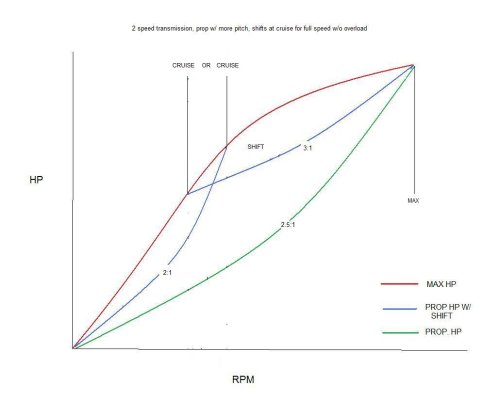We have debated around this point on several threads: what is the efficiency of diesels at low power settings. One might think that efficiency drops off dramatically at low power, low rpm settings. Not so, it seems.
Eric R. a mechanical engineer turned diesel mechanic posted this data on a recent boatdiesel thread. It compared fuel consumption at a high cruise setting- 2,600 rpm with fuel consumption at very low settings- 1,200 rpm for two engines, the Cummins 370 hp 6BTA and the Cummins 380 hp QSB. The latter is a totally modern common rail engine and the former is a very well designed mechanical engine.
Here are the numbers:
6BTA, 2,600 rpm
QSB 2,600 rpm 285 hp 14.6 gph 19.5 hp/gph
6BTA 1,200 rpm 31 hp 1.9 gph 16.4 hp/gph
QSB 1,200 rpm 32 hp 1.9 gph 16.9 hp/gph
He didn't post the 6BTA at 2,600 rpm numbers but they should be pretty near the QSB value.
So the fuel efficiency drop was about 15% from high to low rpms/power but also surprisingly the common rail injection made no real difference at low (or high) rpms.
BTW the boatdiesel thread was about the wisdom of repowering with the Cummins Q engine vs the C engine (the B's big brother). Eric showed that fuel consumption between the two engines which spans a 20 year design period was not significant.
David
Eric R. a mechanical engineer turned diesel mechanic posted this data on a recent boatdiesel thread. It compared fuel consumption at a high cruise setting- 2,600 rpm with fuel consumption at very low settings- 1,200 rpm for two engines, the Cummins 370 hp 6BTA and the Cummins 380 hp QSB. The latter is a totally modern common rail engine and the former is a very well designed mechanical engine.
Here are the numbers:
6BTA, 2,600 rpm
QSB 2,600 rpm 285 hp 14.6 gph 19.5 hp/gph
6BTA 1,200 rpm 31 hp 1.9 gph 16.4 hp/gph
QSB 1,200 rpm 32 hp 1.9 gph 16.9 hp/gph
He didn't post the 6BTA at 2,600 rpm numbers but they should be pretty near the QSB value.
So the fuel efficiency drop was about 15% from high to low rpms/power but also surprisingly the common rail injection made no real difference at low (or high) rpms.
BTW the boatdiesel thread was about the wisdom of repowering with the Cummins Q engine vs the C engine (the B's big brother). Eric showed that fuel consumption between the two engines which spans a 20 year design period was not significant.
David



